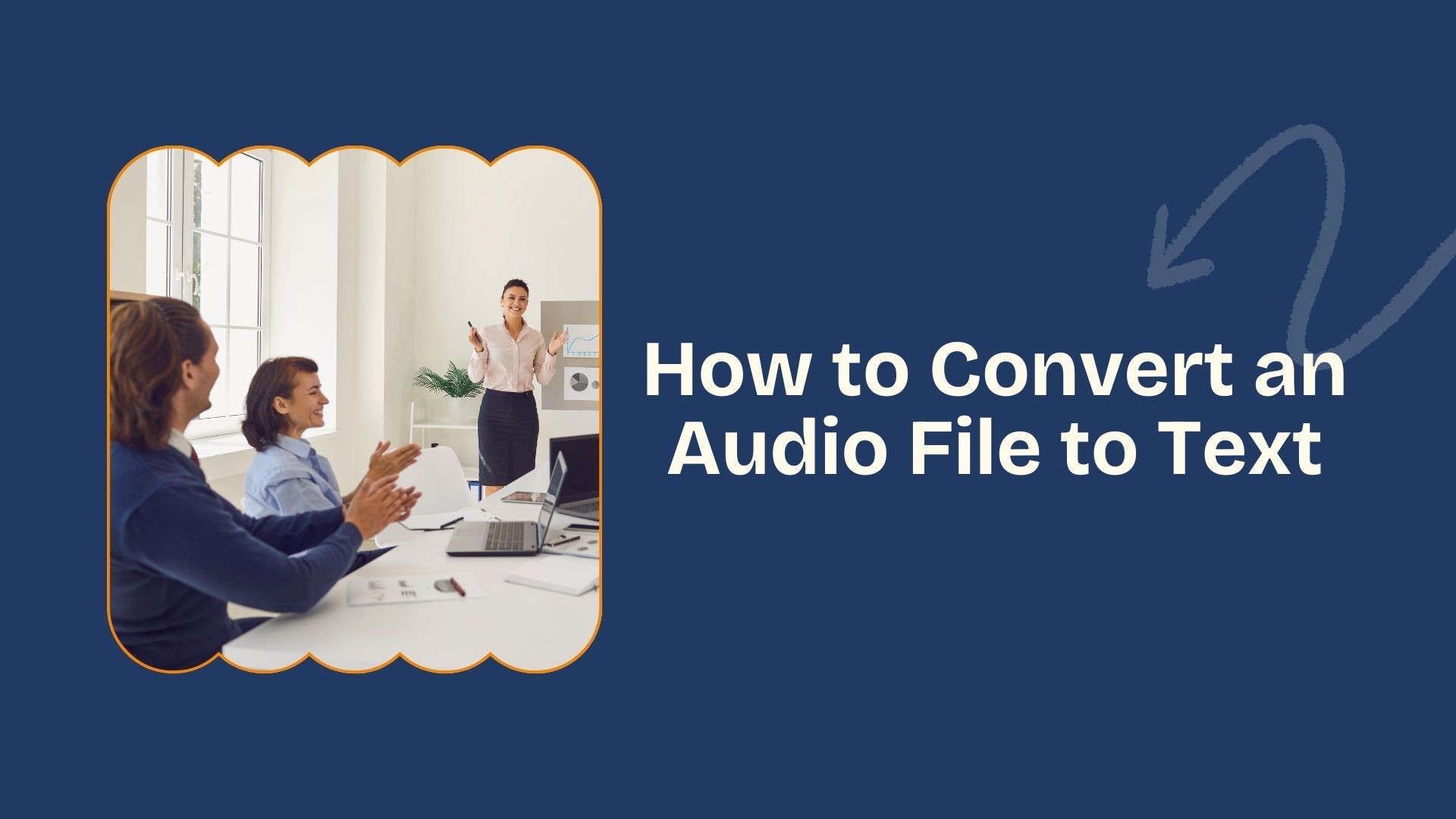Conversione audio files to text has become a valuable practice for students, professionals, and content creators alike. Whether you’re transcribing a lecture, an interview, or a podcast, having a clear text version of your audio can save time, improve accessibility, and streamline workflows.
In this blog, we’ll explore various methods to convert audio files to text, discuss the best tools for the job, and highlight the benefits of using VOMO AI, a powerful transcription solution.
Perché convertire i file audio in testo?
Audio-to-text transcription offers numerous benefits, including:
- Accessibilità migliorata: Make content accessible to individuals with hearing impairments or those who prefer reading.
- Contenuto ricercabile: Text files make it easy to search for specific information in long recordings.
- Riproposizione dei contenuti: Use transcripts to create articles, blogs, social media posts, or study notes.
- Collaborazione migliorata: Share transcripts with teammates for better collaboration on meetings or projects.
Methods for Converting Audio Files to Text
1. Trascrizione manuale
Manual transcription involves listening to an audio file and typing out the spoken content. While this method can yield high precisioneMa è un'operazione che richiede tempo e lavoro.
Il migliore per: Small audio files or recordings with highly technical terms that require precise context understanding.
2. Built-In Tools for Audio-to-Text Conversion
Some platforms, like Google Docs, offer voice typing features that can be used for live transcription. However, for pre-recorded audio files, additional steps may be needed.
Steps Using Google Docs Digitazione vocale:
-
Play the audio file on your device.
-
Open Google Docs, click on Strumentie selezionare Digitazione vocale.
-
Ensure your microphone captures the audio clearly as it transcribes.
Limitazioni: This method requires clear audio and doesn’t work well with background noise or multiple speakers.
3. Strumenti di trascrizione basati sull'intelligenza artificiale
AI transcription tools have revolutionized the process, offering fast, accurate, and user-friendly solutions. These tools can process pre-recorded audio files and generate transcripts in minutes.
I migliori strumenti per convertire i file audio in testo
1. VOMO AI
VOMO AI stands out as a comprehensive transcription and analysis tool, offering features that go beyond simple transcription.
Perché scegliere VOMO AI?
- Trascrizioni accurate: Upload your audio file, and VOMO AI quickly converts it to text with high precision.
- Note intelligenti: Automatically summarize key points, saving time during reviews.
- Chiedete all'intelligenza artificiale di darvi delle indicazioni: Query the transcript with specific questions like “What are the main ideas?”
- Differenziazione dei diffusori: Identify different speakers in group discussions.
- Supporto multilingue: Transcribe audio in over 50 languages, ideal for global users.
Come funziona:
-
Upload your audio file to the app.
-
Let VOMO AI transcribe and analyze the content.
-
Use Smart Notes and Ask AI to streamline your workflow.
2. Lontra.ai
Otter.ai is a popular transcription tool offering free and paid plans.
Caratteristiche:
• Transcribes audio files and live meetings.
• Speaker identification for clearer transcripts.
Limitazioni: Free plan limits transcription minutes per month.
3. Descritta
Descript is a powerful tool for transcription and audio editing.
Caratteristiche:
• Allows transcription of audio files.
• Includes text-based editing for audio and video.
Limitazioni: Primarily focused on content creators, with a steep learning curve for beginners.
4. Rev.
Rev offers both AI-powered and human transcription services.
Caratteristiche:
• Fast AI transcription.
- Trascrizione umana per la massima precisione.
Limitazioni: Human transcription is costly, and the AI service may require editing.
Suggerimenti per ottenere risultati migliori nella trascrizione
-
Use Clear Audio Files: The clearer the audio, the better the accuratezza della trascrizione.
-
Ridurre il rumore di fondo: Minimize noise to improve clarity.
-
Scegliere lo strumento giusto: Select a transcription tool that matches your needs, such as handling multiple speakers or supporting different languages.
Come VOMO AI Enhances the Transcription Experience
VOMO AI isn’t just a transcription tool—it’s a productivity powerhouse. Here’s how it goes above and beyond:
- Riproporre i contenuti: Use transcriptions to create blogs, captions, or study notes effortlessly.
- Improve Learning: Summarize lectures or discussions with Smart Notes for better retention.
- Global Collaboration: Transcribe and analyze audio in multiple languages for international teams.
Esempio di caso d'uso:
A student uploads a recorded lecture, generates a transcript, and uses Smart Notes to focus on the key points for exam prep.
Pensieri finali
Converting audio files to text has never been easier, thanks to advanced AI-powered tools. While free options like Google Docs and Otter.ai work for basic transcription needs, VOMO AI offers a premium experience with unparalleled accuracy, Smart Notes, and advanced analysis features.
Siete pronti a ottimizzare il vostro flusso di lavoro di trascrizione? Prova VOMO AI oggi and see how it transforms your audio files into actionable insights!


